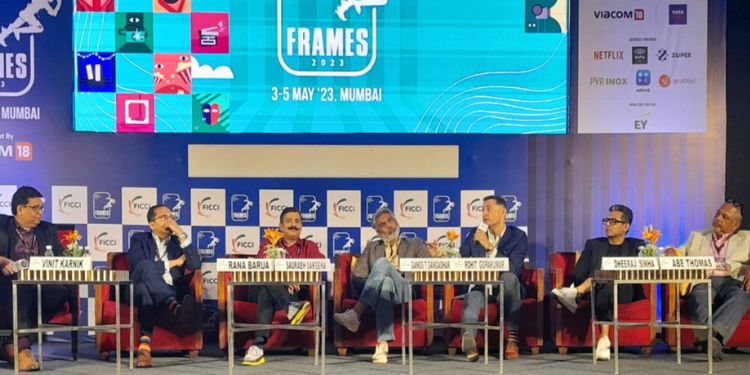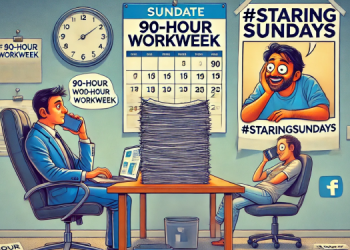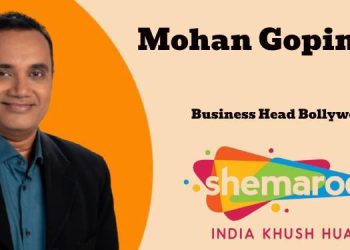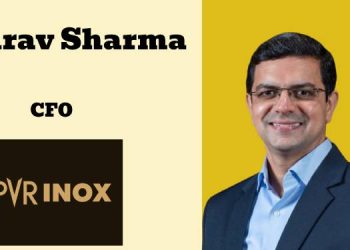‘The Future of Advertising’ – this provocative theme that seemed to suggest that the end of advertising was near met with a strong defence from panellists on day two of FICCI Frames 2023. Yet, they acknowledged that with fragmentation of media and reduced attention span of consumers, come attendant challenges.

The discussion was moderated by Vinit Karnik, Business Head – Entertainment, GroupM.

Rana Barua, Group CEO, Havas Group India, said, “Consumers are getting more and more powerful in terms of the content and entertainment they want to see and how they want to watch it.”
He emphasised the importance of data and analytics, underlining that its role is to understand the entire consumer journey and experience.
“There is a fundamental change in consumers. For us, it is getting more and more important to understand that change. We are gearing up to face that challenge,” he added.
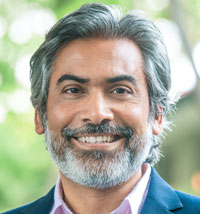
“As long as there is a need for building brands and business, there will be a need for advertising. Its shape and form could change. Increasingly, consumer attention is fragmented. The right to earn a consumer’s time is the challenge today,” said, T Gangadhar (Gangs), Co-Founder & Group, CEO, Quotient Ventures.
In a ‘money-rich’ and ‘time-poor’ universe, there is pressure on brands and agencies to stay relevant to consumers, he added. If the past formula was ‘entertain and inform’, today it is ‘entertain and inspire’, observed the speaker.

In the context of change, Saurabh Saksena, CEO, VMLY&R India, noted, “There are some things that remain constant as well – the need to be creative, for both advertisers and platforms. There is a penalty to pay if we don’t respect the consumer’s time. There is more and more pressure on advertisers to value a consumer’s time.”
Focus on outcomes has become critical for advertisers, he added.
Newer Opportunities

Rohit Gopakumar, COO, Optimal Media Solutions (Times Group), pointed out that the print media in smaller towns was actually growing, contrary to popular perception.
“Print was said to be dying. But every year, it is still growing,” he noted. “Regional language publications are launching more editions (in smaller towns). We are 40 years behind the West in terms of the education cycle,” he reasoned.
He also pointed to the opportunity to pick up local-to-local advertising. “There are 800,000 advertisers. We don’t even touch 200,000 of them (as Times Group).
Embracing change, Times Group set up an influencer marketing team that has grown 300 pc in three years, according to the speaker. When this digital solution is deployed for a client, it is also amplified in the group’s print publications, leading to some younger audiences picking up the newspaper, he added.
“The more influencer activity happens, we have seen more ad dollars come into the system,” said Gopakumar.
Solving Business Problems
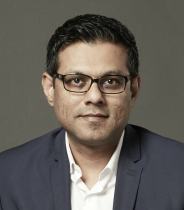
“The value chain is moving from advertising talking down to people, to solving business problems. There is an opportunity to move up the value chain, to solve problems for people (and brands),” said, Dheeraj Sinha, CEO, Leo Burnett, South Asia & Chairman, BBH India.
“What is lost is the entitlement that advertising had. People will choose to interact with content if it is interesting or if it solves a problem and makes lives better,” he added, citing some of Leo Burnett’s campaigns.
HP Lubricants | Roads That Honk
Whisper | The Missing Chapter
“We tell clients to move from self orientation (what they have to say) to what consumers need,” added Sinha.
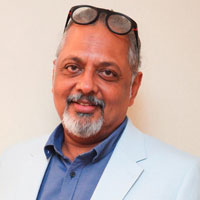
“We see two clear trends,” said Abe Thomas, CEO, Reliance Broadcast Network (Big FM). The first he referred to was clients looking for business solutions, not merely spots on radio.
“More and more clients are saying that (say) western UP is a challenging market for us. Can you fix that? We have built a specialised creative unit to offer those solutions,” explained Thomas.
Among other solutions, the radio brand has even created an event in the metaverse for a retail player, noted the speaker.
“Clients are also shifting to business outcomes. This has become a sizeable revenue stream for us. This is the opportunity this disruption is creating – clients want solutions,” he added.
Influencers – A Passing Trend?
Barua pointed to the multiple issues of credibility around influencer marketing.
“There are serious issues with influencer marketing. I don’t think it’s a very long term phase,” he said, questioning the authenticity, numbers and scale claimed by some influencer marketing agencies and influencers.
“If you want to buy a sizeable influencer marketing agency in India, there is none. It’s still very individual-driven,” he noted.
Saxena noted, “It is well documented that consumers trust brands, but they trust people like themselves more. That’s the power we want to harness. Yes, there is a big glut of influencers, we don’t know if some of it is fake or real.”
Generative AI – Role of Humans
“The jury is still out on AI. It will have its uses. But the human mind will continue to rule. Creativity will rule,” observed Gangadhar, asked about the role of AI tools in advertising.
“ChatGPT cannot replace human intuition. For brilliance, you need intuition, a deep understanding of people. And that, at least for now, is in the domain of humans,” added Saxena.
Sinha noted that there will always be a need for people to feed the tools, but added, “Anytime there is a change, there will be resistance. If technology can help me eliminate the long tail and improve accuracy, it frees my people to solve the creativity problems.”
“There are opportunities it throws up. But that breakthrough innovative idea – it needs human intervention,” surmised Thomas.

